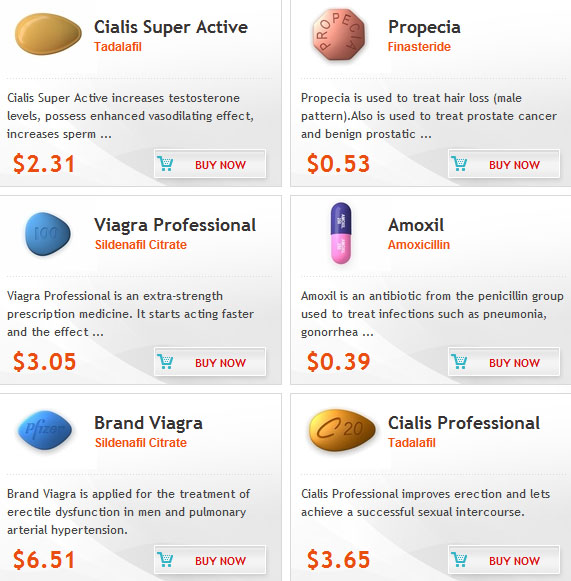Step aerobics and running are both considered high-intensity aerobic workouts.Step aerobics is a high-intensity low-impact aerobic workout, meaning it carries a low risk of injuries but conditions both the lower and upper body.Although both types of exercise are high-intensity, they each use slightly different body mechanics, so the shoes you use for running may not be suitable for step aerobics and vice versa.
Function
Step aerobics is taught in a cla*sroom setting.You use an adjustable, plastic "step" that is about 3 feet long and 1.5 feet wide.The aerobic conditioning consists of stepping up and down on the step in a variety of patterns to strengthen your cardiovascular system and to condition your muscles, especially those in the lower body.It is important that the athletic shoes you wear when performing step aerobics have good forefoot padding and are not too flexible, says Ayne Furman, doctor of podiatric medicine, of the American Academy of Sports Medicine.Much of the stepping is performed on the ball and toes of the foot, so you need to have adequate cushioning, and a more solid shoe base will keep you from rolling your foot or losing support when moving laterally.Running is a more flexible activity, so you can wear shoes that have a more flexible footbed to imitate running barefoot.Running shoes should also provide enough cushion to absorb shock, but the cushioning should be throughout the shoe, not just in the forefront.
Types
According to the American Academy of Orthopaedic Surgeons, or AAOS, athletic shoes are grouped into seven categories: court, field, winter, track and field, specialty, outdoor and running.The running shoe category absorbs all shoes made for running, walking and aerobic training.The AAOS says good running shoes should have a comfortable, soft upper portion of the shoe, good shock absorption, good traction, cushioning, flexibility.They should be lightweight and offer stability in the heel.The American Council on Exercise suggests purchasing separate, specific shoes for running and aerobics if you perform each activity several times each week.However, if you run and do step aerobics infrequently, the council suggests simply purchasing a cross-trainer shoe for both activities.
Identification
Running shoes and cross-training shoes are slightly different but can make a huge impact on how well you move.According to Dick's Sporting Goods, matching the style and foot shape is essential to your comfort and health.The wrong shoe can transfer the stress from your foot to your knee and hip joints, causing more problems.The outsole, or bottom of a running shoe, is usually made from a carbon or blown rubber, with the blown rubber being lighter and offering more cushioning and flexibility.The outsoles of cross-trainers are wide and stable to provide more lateral support, stability and versatility.Running shoes have a layer of soft, shock-absorbing material between the outsole and the upper, and the materials used impact the shoe's cushioning and the stability.Running shoes usually have one of two types of cushioning, either EVA or polyurethane.EVA is more lightweight and doesn't offer much stability or durability, while polyurethane is more dense and durable, but also adds weight to the shoe.Cross-trainers offer the same types of cushioning but place it mainly in the heel and forefront of the shoe.Many cross-trainers have a leather upper to help avoid ankle instability or rolling, while running shoes feature flex grooves, which are cut across the forefront of the outsole to allow the foot to flex naturally at the ball while running, and a split heel to make the shoe more efficient for heel-to-toe running.
Effects
Running shoes will cushion your feet when you are performing step aerobics but may not offer the same amount of stability as a cross-trainer.The running shoe provides basic support but will not offer a lot of ankle stability because it does not have a sturdy upper.If you perform step aerobics only a few times each month, it would be all right to use your running shoes, but if you choose to participate in step aerobics more frequently, you should invest in a pair of cross-trainers to be used specifically for step aerobics.
Warning
Another consideration is the age of the shoes.According to a 1997 study by Mark C.Maybury and Jackie Waterfield of Coventry University, people performing step aerobics had a higher risk of injury if they wore older shoes that lacked forefoot cushioning, because that is the part of the foot that contacts the ground first.The study states that a loss of cushioning in the forefoot would lead to decreased shock absorption and could lead to bio-mechanical problems involving the foot muscles and plantar flexors.





















No comments:
Post a Comment
Note: Only a member of this blog may post a comment.